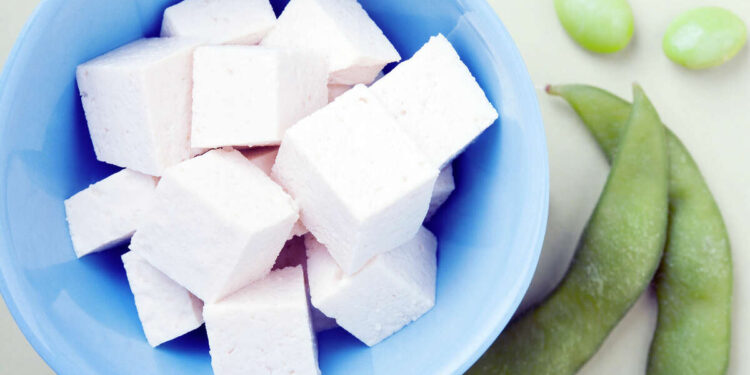It seemed like such a simple, honest food when it caught your eye in the grocery store. But later, after you checked it out online, you began to worry that a long-term relationship might get complicated.
It’s true that health experts’ passion for tofu can be seen as a bit of an on-again, off-again affair. It’s also true, despite some rumors you might have heard, that tofu can be an excellent part of a healthy eating pattern for most people.
“It’s a very nutritious food,” said Dr. Qi Sun, an associate professor of nutrition and epidemiology at Harvard T.H. Chan School of Public Health in Boston.
Tofu, sometimes called bean curd, is mostly soybeans and water, plus a coagulant such as calcium sulfate, that’s pressed into a block. In mainstream U.S. supermarkets, you’re likely to see a few varieties sorted by firmness, which reflects water content. “Silken” tofu is unpressed and can be as thick as custard, while firmer varieties can be more like a soft cheese.
In China, where tofu may have originated around 200 B.C., it takes on many additional forms and flavors — sheets and sticks, fermented and smoked. Across Asia, it’s served fried, marinated and stuffed.
Seasonings may vary, but “they all fall in the umbrella of tofu,” Sun said.
Nutritionally, tofu offers much to love. According to the U.S. Department of Agriculture, half a cup of firm tofu offers 21.8 grams of protein with 181 calories and 11 grams of fat. Most of that fat is of the healthy polyunsaturated kind.









